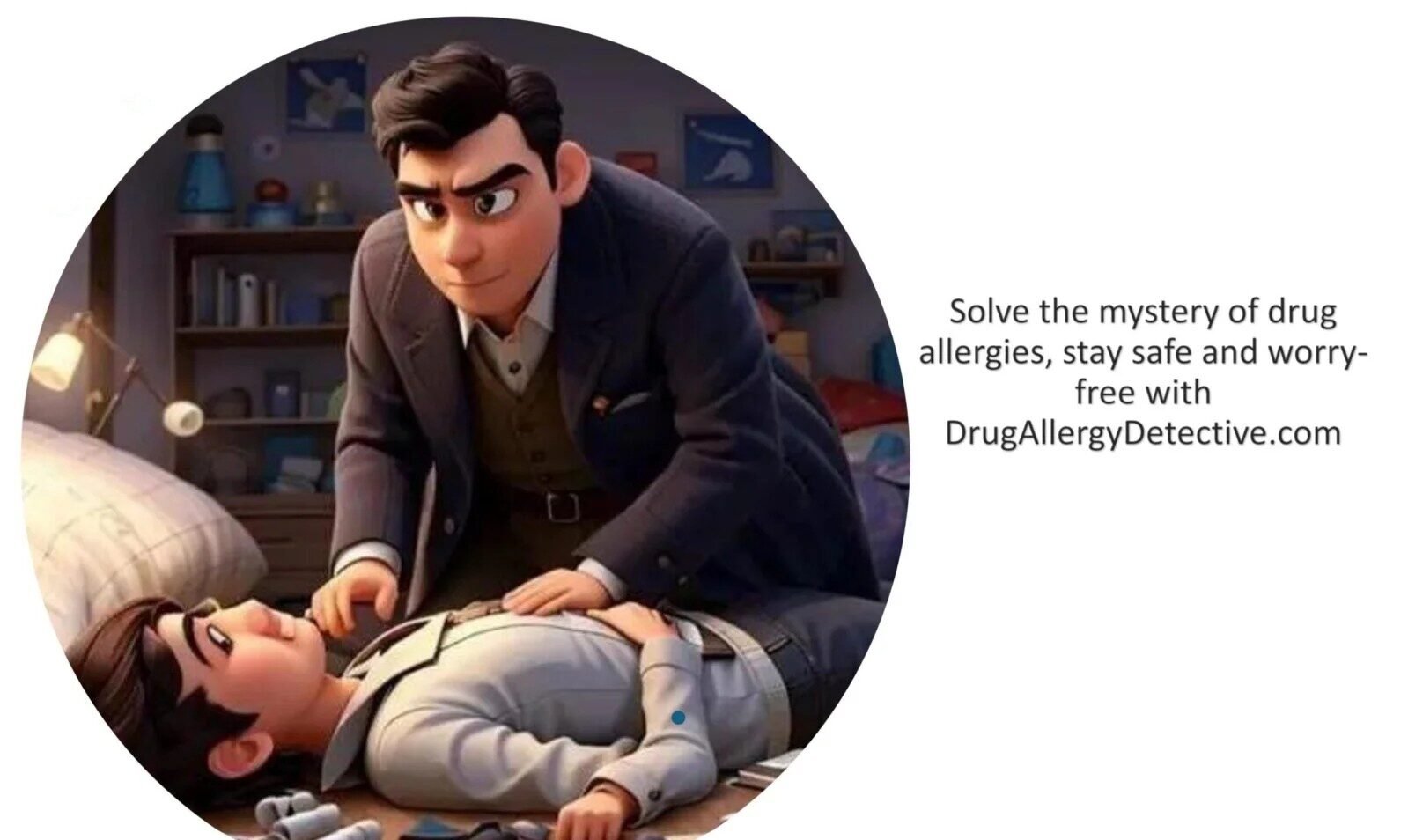Introduction Hypersensitivity reactions to chemotherapy—ranging from mild rashes to life-threatening anaphylaxis—can complicate treatment and require expert diagnosis and management. Immediate Reactions: Diagnosis and ManagementImmediate hypersensitivity reactions to chemotherapies are relatively common and easier to confirm compared to non-immediate reactions. Symptoms such as urticaria, wheezing, or anaphylaxis often appear during or shortly after drug administration. In some cases, nausea, vomiting, or back pain may also occur as part of anaphylaxis symptoms, though these are less typical and can overlap with side effects of chemotherapy itself. Key Diagnostic Tools:• Skin Testing with…
Read MoreTag: Skin testing
Reevaluating the Approach to Severe Cutaneous Adverse Reactions (SCARs): Is Drug Rechallenge Always Off the Table?
Severe Cutaneous Adverse Reactions (SCARs), such as acute generalized exanthematous pustulosis (AGEP), Drug Reaction with Eosinophilia and Systemic Symptoms (DRESS), and Stevens-Johnson Syndrome (SJS), are among the most feared drug-related complications. These conditions can result in devastating outcomes, and the conventional approach to managing SCARs emphasizes strict avoidance of the suspected culprit drug to prevent potentially fatal recurrences. But is avoidance always the only path forward? Could there be room for a more nuanced strategy in specific cases? Not All SCARs Are Created Equal SCARs represent a spectrum of disorders,…
Read More

